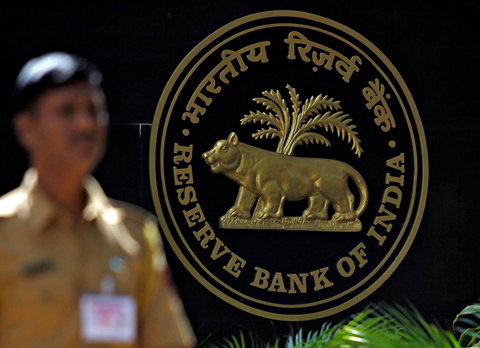And according to the AAA daily gauge report, the average price of a gallon of regular gasoline is 17 cents more today than just a year ago, at a time when Americans appear to be driving substantially more than last summer.
In the last week, the price rose approximately 7 cents, reaching an average $3.55 on Friday for a gallon of regular grade, the report said. Prices range widely around the country. In South Carolina, for instance, a gallon of regular averages $3.21; in California drivers pay $3.99.
“We’re going to get a little sticker shock at the pump,” said Tom Kloza, chief oil analyst at GasBuddy.com, a Web site that monitors gasoline prices. “We’ve moved up on wholesale prices anywhere from 35 to 60 cents a gallon since June 28. This summer we are looking at average prices of somewhere between $3.45 and $3.75, and unfortunately I think we will approach the high end of that range pretty shortly.”
The recent price increases can be attributed mainly to higher global crude prices that have been creeping up because of the unrest in Egypt, brief export failures in Libya and Iraq and disruptions of Nigeria’s oil pipelines. Egypt is not a major oil producer, but instability there raises fears of a possible blockage of the Suez Canal, a major thoroughfare for oil exports and spreading unrest in the region.
West Texas Intermediate, the main American benchmark, has been rising for more than a week, partly because higher demand among summer vacationers has caused a sudden large drop in American inventories. Many experts say they believe that the American benchmark price, which has been depressed relative to global benchmarks in recent years, could remain somewhat higher for a while because new pipelines and railroad lines are gradually relieving bottlenecks for oil produced and stored in the Midwest.
In storage and delivery centers like Cushing, Okla., for example, excess inventories of landlocked oil that could not be easily transported made the oil cheap. But now that supplies are moving around the country more regularly, wholesale and retail prices are rising.
Stockpiles in Cushing fell by 2.7 million barrels last week alone, reaching the lowest levels of the year.
In recent years, a weaker economy and more fuel-efficient vehicles combined to lower American gas consumption, before this summer’s blip of vacation driving bucked the trend. And few oil experts expect a long-term increase in oil and gasoline prices. The rapid growth in United States oil production, coupled with sluggish demand in Europe and slowing growth in China and much of the developing world, is expected to restrain prices. Some experts predict a decline in oil prices over the next year.
“You will see oil prices hover somewhere in the $70 to $100 range,” Harbir S. Chhina, an executive vice president for Cenovus Energy, a major Canadian oil company, predicted for the United States oil benchmark in an interview last month.
The United States benchmark has broken out of that band for the first this time year in recent days to just over $105, representing about a $20 rise from last July. Crude prices, in the United States and abroad, rose approximately 1 percent on Friday.
Global oil production remains robust and some recent supply problems are easing. Two Libyan oil export terminals that were shut down in recent weeks by militias and disgruntled employees have resumed operations. The Kirkuk-Ceyhan pipeline, a major outlet of oil from Iraq’s northern oil fields, is returning to operations this week after being suspended since June 21 because of a leak and an interruption of repair work after an ambush on a crew of technicians.
Oil experts warn, however, that there is no telling when the next political crisis will come in the Middle East or North Africa.
“Oil price predictions used to be about oil consumption and markets, but now it’s about where the next riot will break out,” said Stale Tungesvik, a senior executive at Statoil, the Norwegian oil giant. “It’s so much more politically based, and that makes it a mystery to everyone.”

This article has been revised to reflect the following correction:
Correction: July 12, 2013
An earlier version of this article misspelled the surname of a senior executive at Statoil. He is Stale Tungesvik, not Tugesvik. It also misspelled the name of a Canadian oil company. It is Cenovus Energy, not Cenovis Energy.
